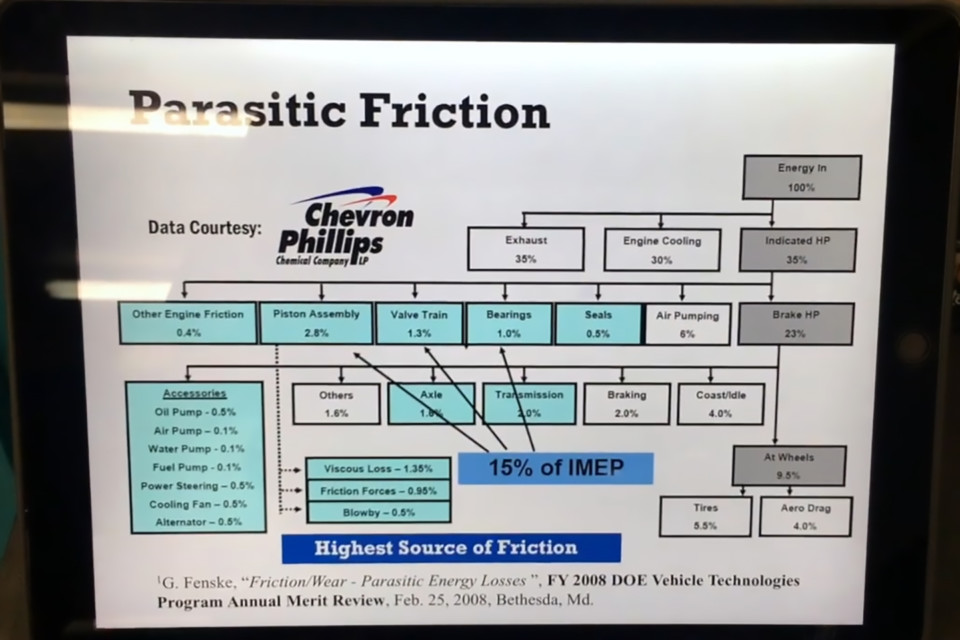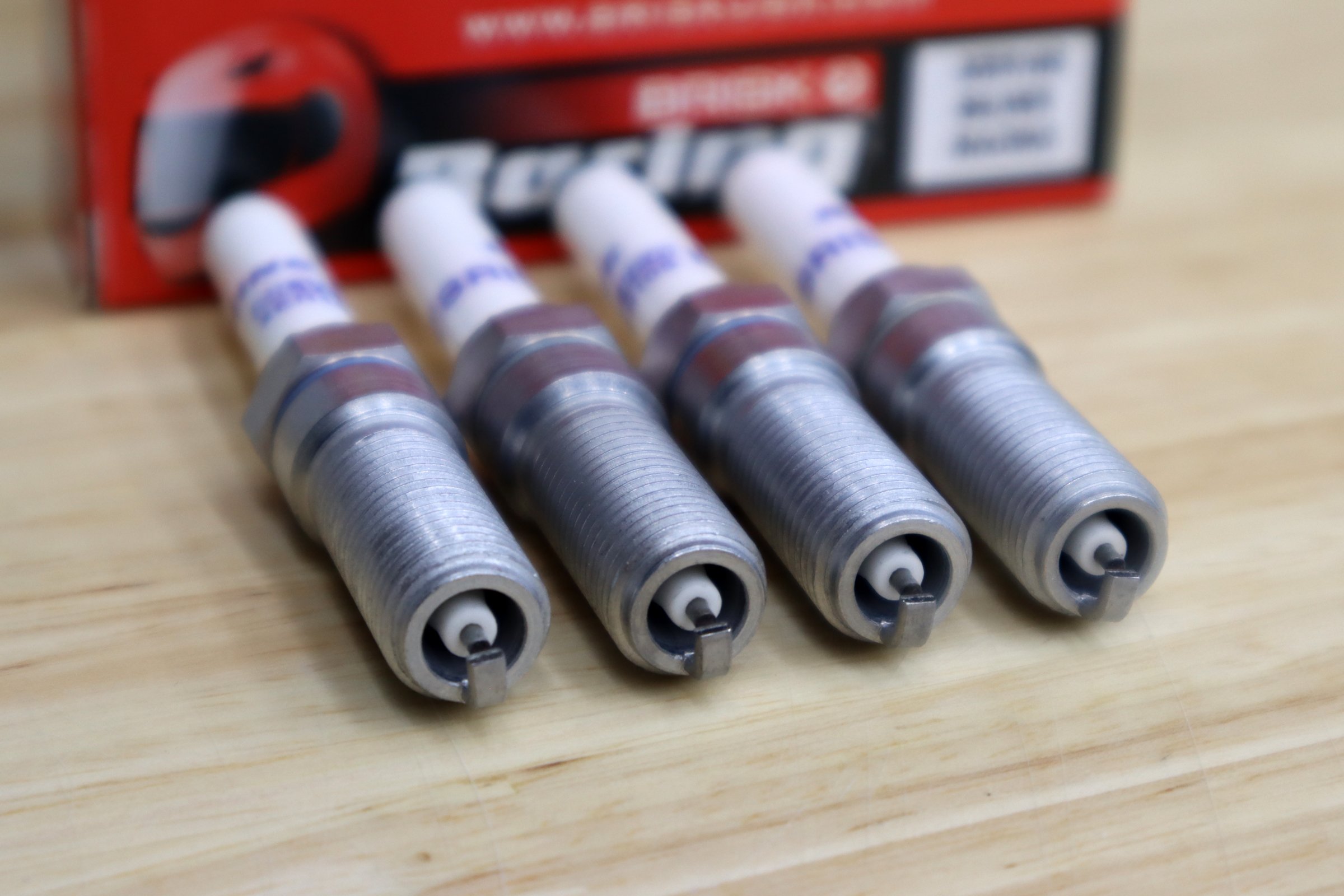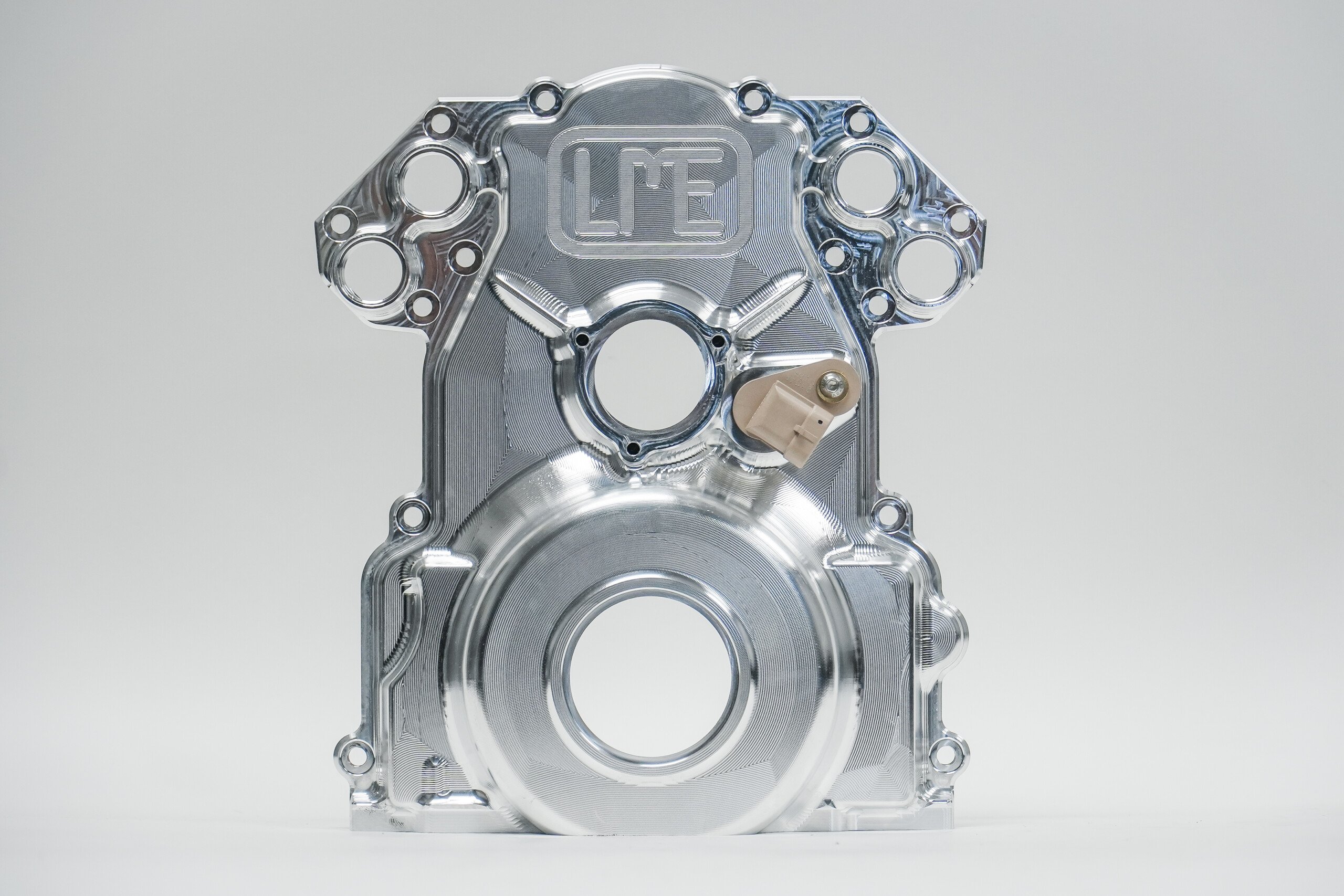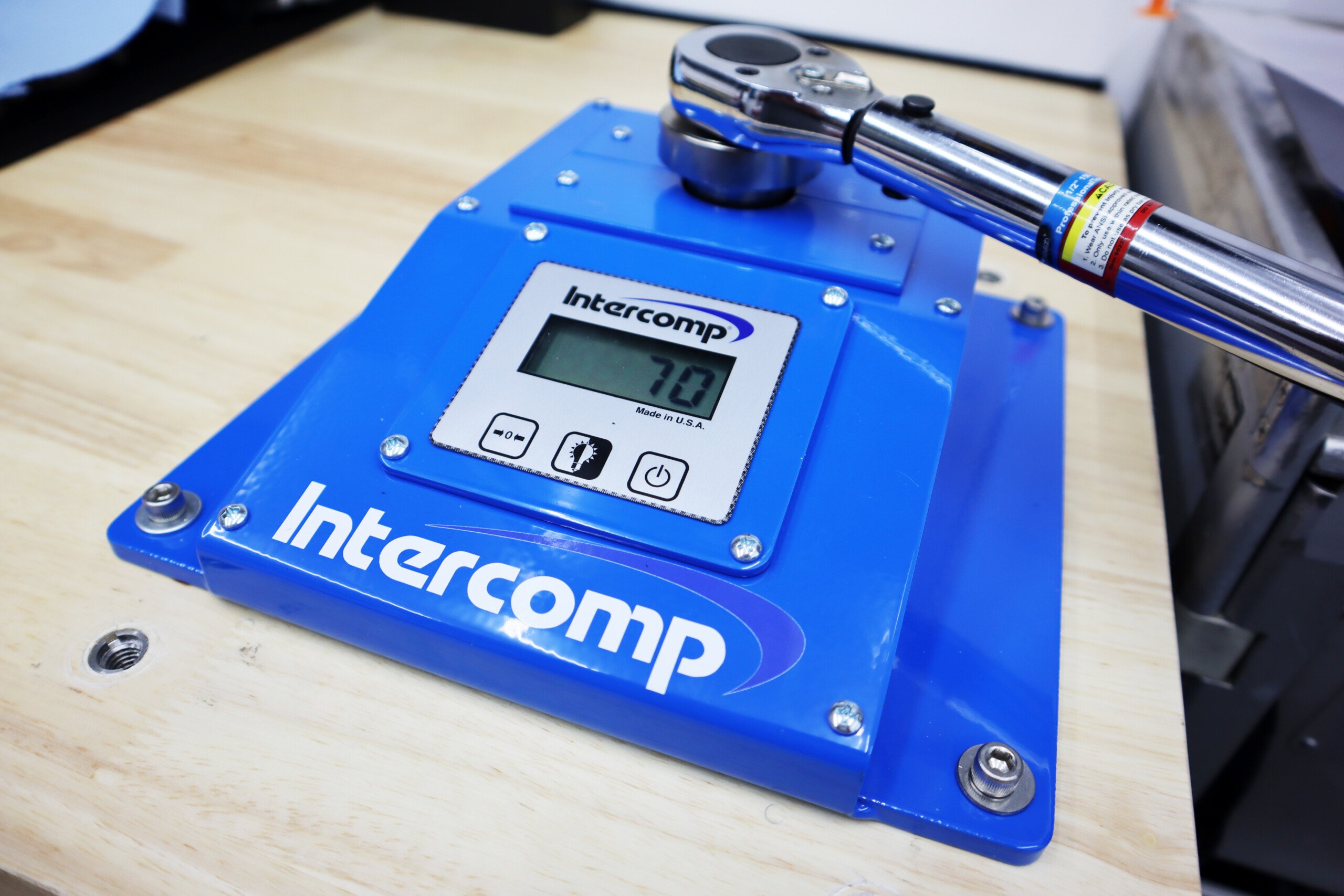A while back, we posted something on Facebook mentioning that the number one source of friction in an engine was the piston rings. That led to a fiery internet debate in which plenty of people shared their differing opinions. Well, at the end of the day, opinions mean nothing in the face of facts, and it wasn’t our fight, anyway.
So, when the topic came in the course of a recent chat with Total Seal’s Lake Speed, Jr., he asked, “Want to talk about it on video?” Of course we did. Because at the end of the day, maybe viewers will be more apt to believe the data coming from the horse’s mouth than through a social media infographic, and we are all about furthering everyone’s knowledge, even if they are slightly resistant to it.
“The study you’re referencing was from the US Department of Energy.” explains Speed “Since then, both Ford and GM have come out with similar studies that arrived at the same answer. The piston ring rubbing against the cylinder wall is the number one source of friction in an internal combustion engine.” Period. Full stop. That’s all she wrote.
However, that’s not the end of our discussion with Speed. From there, we dive into the different stages of oil film lubrication and why the piston rings have such a hard life inside the bore of the engine. First touching on the fact that the rings come to a complete stop at the top and bottom of each stroke. In between each of those pauses, they speed through mixed-film, boundary, and full-film lubrication stages and back, in just one trip up, and again on the return trip down the bore.

This was the initial study that led to the post in question on Facebook. The data gleaned from this study by the US Department of Energy, along with subsequent follow-up studies by Ford Motor Company and General Motors solidifies that the piston rings are, in fact, the number one source of friction in any internal combustion engine.
That discussion leads into the benefits of a thinner piston ring, of which there are many, and why Speed is so passionate about them. From NASCAR to “certain European open-wheeled racing series” we discuss some of what they’ve found and some of that technology which is trickling down into our (yours and mine) engine. Then it wouldn’t be a discussion with Speed if we didn’t get a little bit into something oil-related, and this time it was when talking about heat transfer out of the piston.
“If you’re only thinking about the piston rings when it comes to moving heat out of the piston, you’re missing the boat. By utilizing the engine oil as a coolant, you can increase the efficiency and durability of your engine,” explains Speed. “Think systems, not components.” There are plenty more bits of information and wisdom in the full 11-minute video posted above, and it is well worth the time investment.



